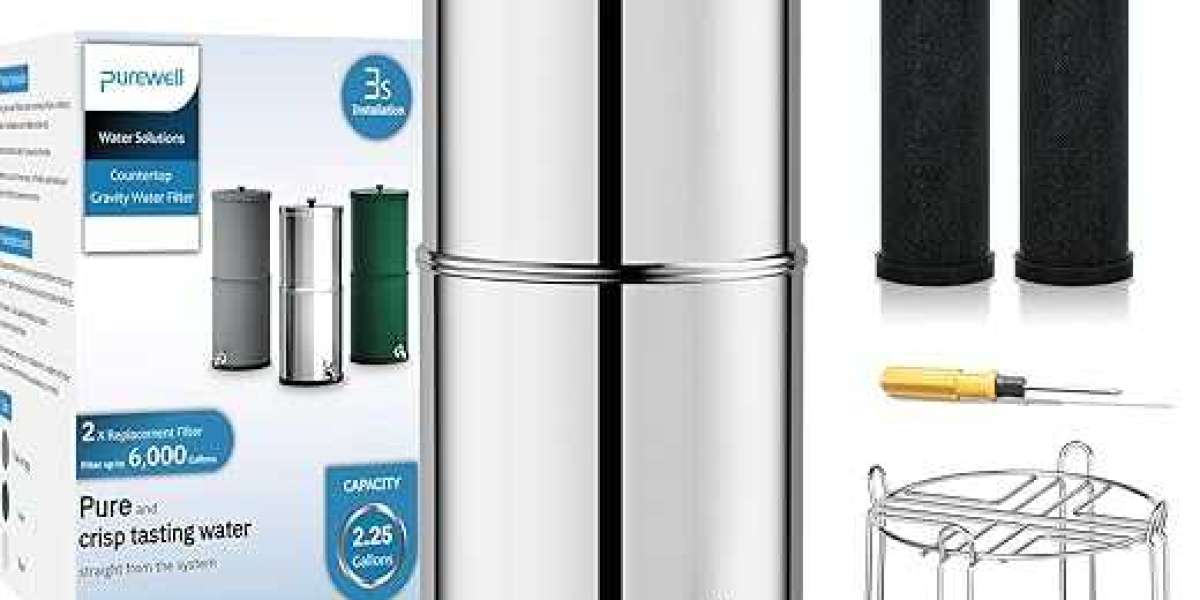Is It Time to Upgrade Your Solar Power? Discover the Signs That Signal a Change!
In today's world, where energy sustainability is becoming increasingly important, solar power stands out as a viable solution for reducing reliance on fossil fuels. Among the critical components of a solar power system is the hybrid solar inverter, which plays a vital role in converting and managing energy from solar panels. However, just like any electronic device, hybrid solar inverters can experience issues over time. Recognizing when your inverter may be malfunctioning is essential not only for maintaining energy efficiency but also for ensuring the longevity of your solar power system. If you find yourself questioning whether to repair your existing inverter or invest in a new one, being aware of the symptoms of a defective unit can help in making an informed decision.

Understanding the Symptoms of a Defective Hybrid Solar Inverter
Understanding the symptoms of a defective hybrid solar inverter is crucial for anyone relying on solar energy. Common signs indicating that your inverter may need attention include inconsistent power output, unusual noises, and error messages. If you've ever experienced sudden fluctuations in energy production or noticed odd sounds coming from your inverter, it's time to delve deeper into what these symptoms might signify. By educating yourself about the warning signs, you can take proactive steps to either repair or replace your inverter before it leads to significant energy loss or further damage.
Inconsistent Power Output
One of the most telling signs of a problem with your hybrid solar inverter is inconsistent power output. If you've noticed that your system is producing less energy during sunny days or that the energy output fluctuates significantly throughout the day, this could indicate a fault in the inverter. Such fluctuations not only hinder your energy savings but can also lead to inefficiencies in the overall energy management of your home. I recall a friend's experience where they were thrilled to see their solar panels generating power, only to realize that the output numbers were erratic. After some investigation, they discovered that their inverter was struggling to keep up, leading them to consider upgrading their system for better reliability.
Unusual Noises
Another symptom that should not be ignored is the presence of unusual noises emanating from the inverter. While some hums and whirs are normal during operation, strange sounds like clicking, buzzing, or grinding can indicate mechanical issues or electrical faults. It's essential to listen carefully to the sounds your inverter makes; they can provide crucial insights into its health. A neighbor of mine had a hybrid inverter that began making a loud buzzing noise, which they initially dismissed. Once they sought professional help, they learned that internal components were failing and needed immediate attention to avoid further damage.
Error Messages and Monitoring Systems
Many hybrid solar inverters come equipped with monitoring systems that display error messages when something goes wrong. Understanding these error codes is vital for diagnosing issues. Common messages may indicate problems such as overloading, grid failure, or internal errors. Regularly checking your inverter's display can help catch problems early. I remember a time when a family member received an error message on their monitoring app, which prompted them to call in an expert. It turned out to be a minor issue, but ignoring the message could have led to more significant problems down the line.
Factors to Consider Before Upgrading or Repairing
When faced with the decision to repair or replace your hybrid solar inverter, several factors should be taken into account. The age of the inverter, the cost implications of repairs versus a new purchase, and the advancements in technology should all influence your decision-making process. Each of these elements can provide insight into the inverter's reliability and potential for future performance. For instance, an older inverter may struggle to keep pace with modern energy demands, making replacement a more appealing option.
Age of the Inverter
The age of your hybrid solar inverter is a significant factor in determining whether to repair or replace it. Most inverters have a lifespan of about 5 to 15 years, depending on the model and usage conditions. If your inverter is approaching or has surpassed this age limit, it may be more cost-effective to invest in a new one rather than continuing to repair an aging unit. A friend of mine had an inverter that was over ten years old and frequently malfunctioned. After evaluating the repair costs and realizing that a new model could operate more efficiently, they decided to upgrade, leading to improved energy savings.
Cost of Repair vs. New Purchase
When considering whether to repair your existing inverter or purchase a new one, it's essential to analyze the financial implications of both options. Repairing an inverter can sometimes be a quick fix but may only provide a temporary solution. If the repairs are frequent or costly, investing in a new inverter may offer better long-term financial benefits. Comparing the costs of repairs over time with the price of a new inverter can help clarify which option makes more sense for your situation. A colleague once faced this dilemma and discovered that the total cost of repairs over a few years was nearly equal to the price of a new, more efficient inverter.
Technological Advancements
The world of solar technology is constantly evolving, with new products featuring advanced functionalities and improved efficiency. If your current inverter lacks smart features or fails to perform optimally, it may be worth considering an upgrade. Modern inverters can offer enhanced monitoring capabilities, better integration with home energy systems, and improved energy management features that could significantly benefit your household. I've seen many homeowners enjoy the advantages of newer technologies, such as remote monitoring and automatic performance optimization, leading to greater energy independence.
Making the Decision: Upgrade or Repair
Making the right decision between upgrading or repairing your hybrid solar inverter requires careful consideration of the symptoms you've observed and the factors discussed earlier. Start by assessing the severity of the symptoms: Are they consistent or sporadic? Next, evaluate the age of your inverter and its repair history to determine if it's worth investing in repairs. Additionally, consider the potential benefits of newer technologies that could enhance your energy efficiency and savings. Creating a checklist of these considerations can help guide your decision-making process. Ultimately, it's essential to prioritize reliability and efficiency to ensure your solar power system continues to serve your energy needs effectively.
Key Takeaways on Hybrid Solar Inverter Maintenance
In conclusion, understanding the symptoms of a defective hybrid solar inverter is essential for anyone utilizing solar energy. By recognizing signs such as inconsistent power output, unusual noises, and error messages, you can make informed decisions regarding repair or replacement. Evaluating factors like the inverter's age, repair costs, and technological advancements can further guide your choice. Staying proactive about your solar power system will ensure you maintain efficiency and reliability, ultimately leading to greater energy savings and sustainability in your home. Remember, a well-functioning inverter is key to maximizing the benefits of your solar energy investment.



